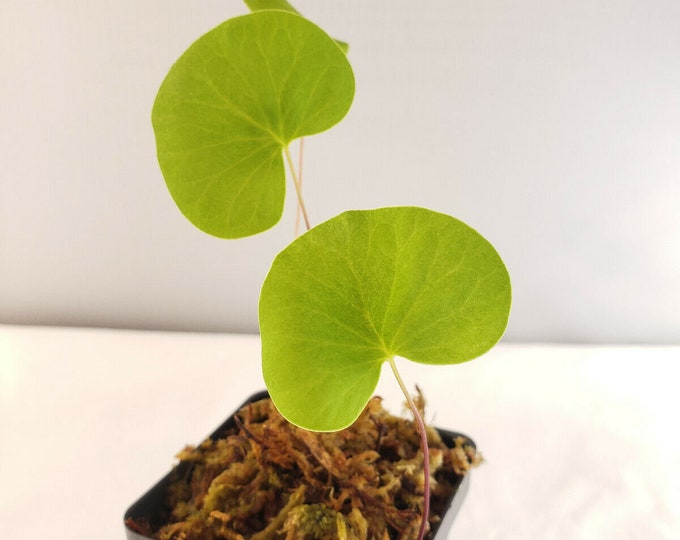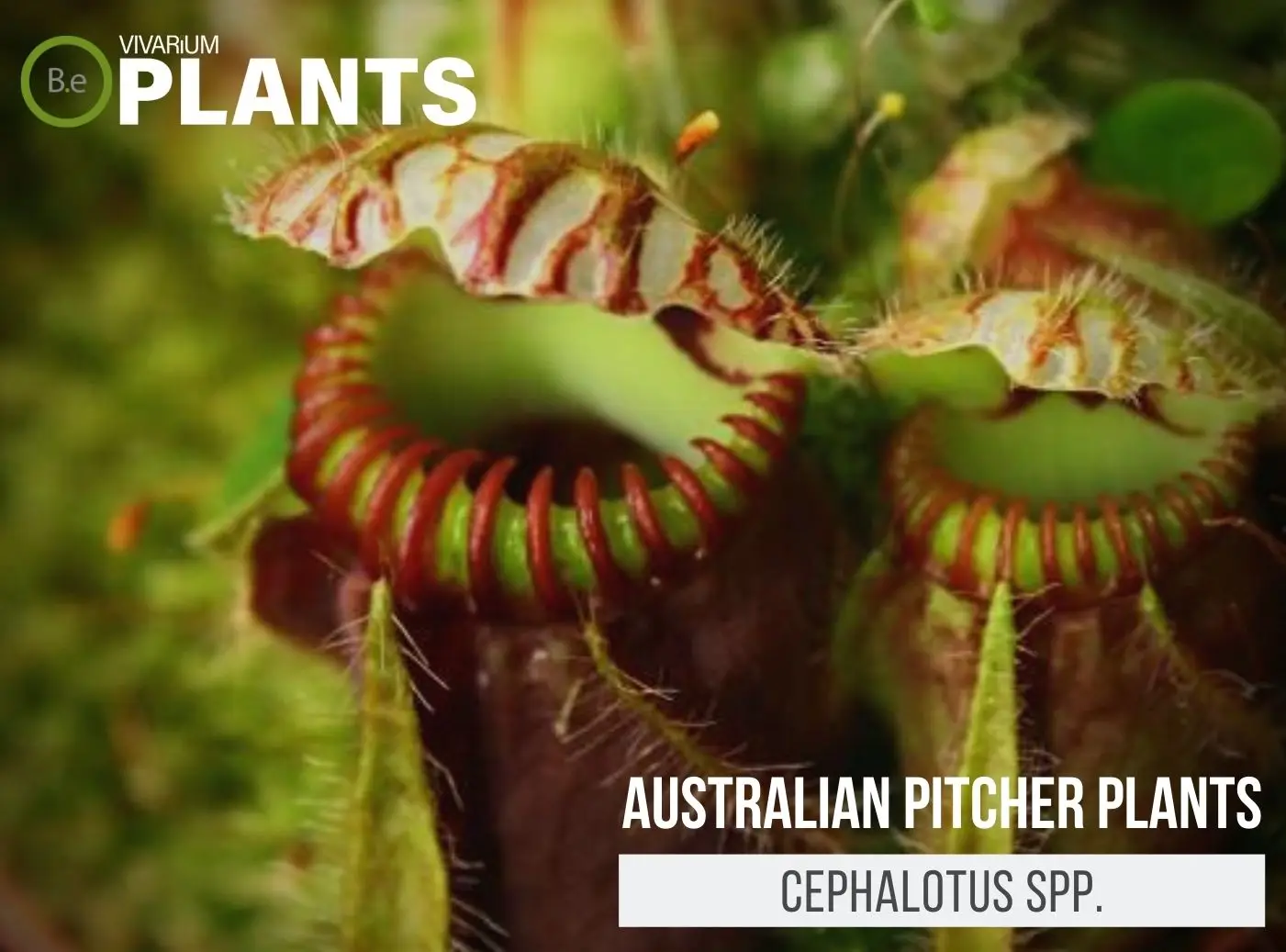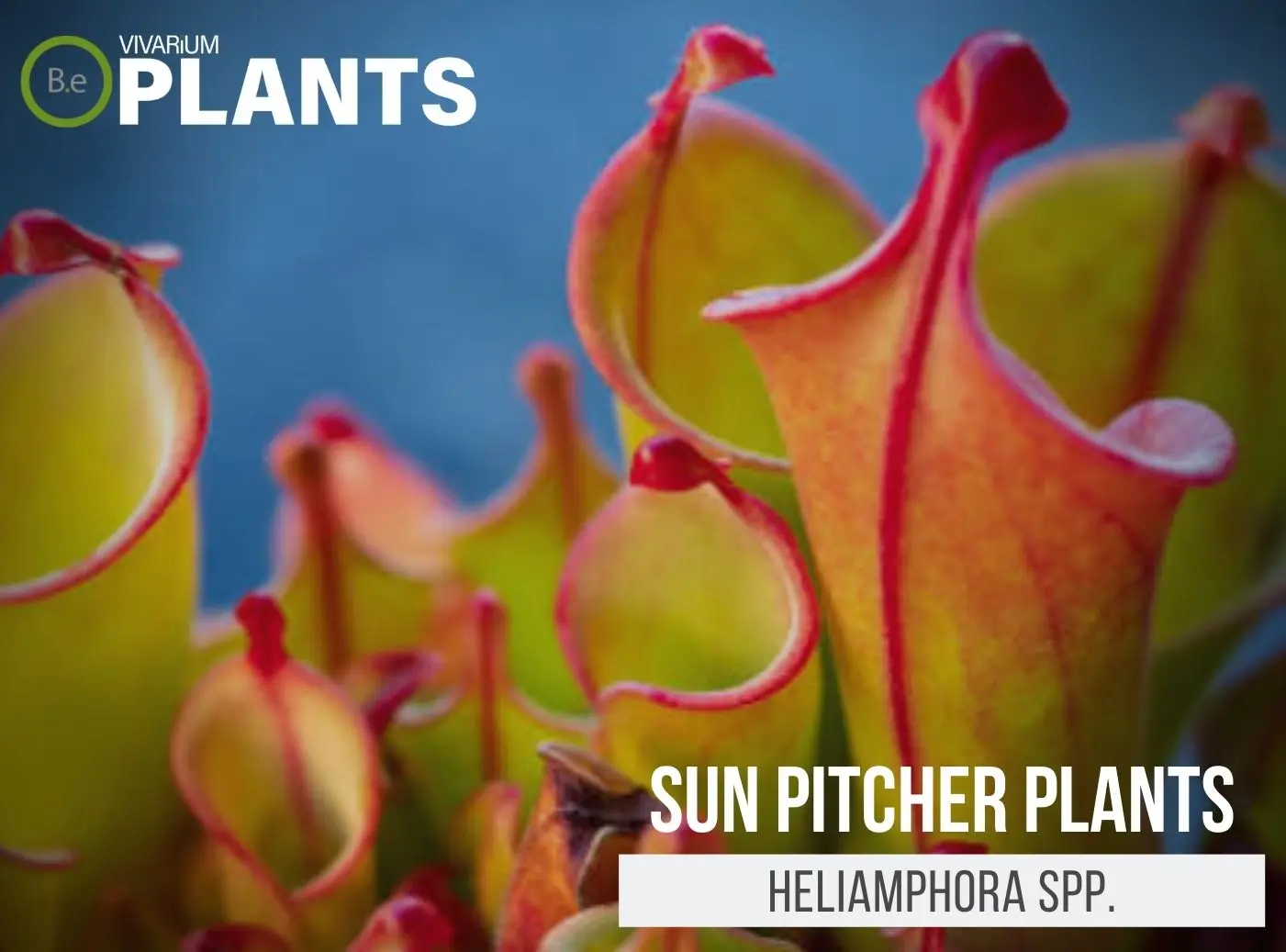The aquatic carnivorous plant Bladderwort (Utricularia spp.) is a fascinating and unique species that is an important part of aquatic ecosystems.
It has evolved an impressive set of adaptations to capture and digest small prey such as insects, plankton, and other small creatures.
These adaptations include hollow bladders that act as traps and specialized enzymes that break down proteins and fats.
In this article, we will explore the fascinating biology and ecology of bladderwort and discuss how it benefits its aquatic habitats.
Quick Stats:
Scientific Name: Utricularia spp.
Family: Lentibulariaceae
Common Names: Bladderworts
Habitat: Tropical, Subtropical, and Temperate
Height: Varies from species to species
pH range: 5.5-7.5
Temperature: 65-85°F
Lighting: Bright, Indirect
What Are Bladderworts?
Utricularia spp. are among the most interesting plants on the planet! They are a part of the carnivorous plant family and have a unique way of catching their food.
Bladderworts use their bladder-like traps filled with fluid and equipped with a “door” that snaps shut when a tiny organism (or a hair!) touches it. The trap is so detailed that once the prey is caught, it is unable to escape.
Bladderworts may produce a small number of stems and various leaves, from small filiform leaves no thicker than a hair to larger membrane leaves.


Bladderworts Facts
Bladderworts have been dubbed the “perfect killing machines” for their ability to accurately capture and digest their prey.
Unlike some of their carnivorous counterparts, bladderworts are not overly dependent on getting their essential nutrients from protein-rich meals. However, it is still beneficial to feed them live food.
Bladderworts can survive and thrive in a nutrient-rich substrate and don’t require much additional feeding.
Description
Utricularia spp. has a wild, alienesque look to it that is sure to grab the attention of any passerby.
Its bladder-like traps have evolved to be as efficient as possible in catching its prey, trapping down to individual organisms as small as 0.25 mm in length!
Its stems reach up to 10 cm in length, however, they can be kept quite small in a contained area such as a vivarium. Its leaves vary from species to species and range in size and shape, from bright yellow to purple.
They are typically 2-6 mm long and often have a distinct purple underside.
Habitat
Bladderworts are found in an array of habitats, however, typically prefer slow-moving and standing waters.
In an aquarium, it is important to take into consideration where you will be placing them in order to provide them with the best possible environment and the oxygenation they need.
pH Preference
Bladderwort prefers slightly acidic and nutrient-dense water, with a pH range of 5.5-7.5. However, they can adapt to pH levels outside of this range as long as it is not too extreme.
Vivarium Type
Bladderwort is an ideal aquatic carnivorous plant for any type of vivarium.
In freshwater aquariums, they can be planted in the substrate, where they will quickly spread and grow.
In paludariums, they can be planted in the aquatic section, as they can tolerate shallow water and are tolerant of fluctuations in water levels.
In ripariums, bladderwort can be grown in the water, or alternatively in a shallow pool, allowing it to spread and thrive.
Whatever the type of vivarium, bladderwort is a great addition and will quickly become a focal point in any aquatic environment.
Vivarium Placement
When placed in an aquarium, bladderworts should be anchored firmly to the substrate. This can be done by wrapping the stems around driftwood or simply attaching them with a fishing line.
This helps to keep them in place, as they can be quite invasive if not kept in check. Utricularia spp. should be placed towards the front of the tank.
They are usually short-lived species with a rather unimpressive ephemeral, creating a nice contrast between the other plants.
Substrate
The best substrate for Utricularia is light and nutrient-poor soil.
One example would be a combination of two parts peat moss and one part perlite, topped with a layer of small gravel.
The plants should be grown submerged in an aquatic environment.
Lighting
Bladderwort typically prefers partial shade, similar to what they would experience in their natural environment. If a Vivarium is too bright or too dark, the plant may droop or have a buildup of dense leaves.
The best option would be to find a balance between the two, using indirect or diffused lighting or supplementing with LED aquarium lighting if necessary.
Buy Bladderworts
Before buying a Bladderwort Plant, thoroughly inspect the foliage for any discoloration, drying, black spots, or damage.
Be sure to look for any signs of pests or fungal diseases, as well as check the stems for any issues. If the plant appears to be in poor condition, it may struggle to adapt to a new home.
Remember to click the image below for more information on the current price and other relevant details about the Utricularia spp.:
Bladderworts Care and Propagation
Bladderworts are relatively easy to propagate, as they send out runners with their propagation methods. To encourage propagation, give the plant some room to move and spread out.
One way to do this is by thinning out their traps and making sure their stems are firmly attached to their substrate.
To ensure the plant is receiving enough nutrients, plant some nutrient tabs into the substrate every few months and/or feed them aquatic food items such as bloodworms, Daphnia, etc.
How to grow
Proper care and patience are all that will be required to grow Utricularia spp. New runners will eventually form and those can easily be cut to give new plants.
Water Requirements
Bladderwort is a hardy aquatic plant and can tolerate a wide range of water requirements. They prefer a pH range of 6.0–7.5 and a temperature range of 18–25°C (64–77°F). They do best in nutrient–rich water, such as that found in ponds and canals.
They can also tolerate very low levels of light, making them a great choice for low–light aquariums. In addition, they can tolerate a wide range of water parameters, including fluctuations in water levels and temperatures.
Plants Similar To Bladderworts
Incorporating a variety of plants in your enclosure can enhance its appearance. To achieve a diverse and visually appealing setup, consider including different types of flora that are compatible with the same habitat.
If you are having difficulty obtaining this plant or want to explore alternatives to Bladderworts, there are other aquatic plants that may thrive alongside or in place of it in your vivarium:
Conclusion
Utricularia spp. is a great addition to any aquarium setup that is looking for some interesting elements. It offers a unique look and its carnivorous traits make it a fascinating plant to observe.
With the right water conditions and proper lighting, bladderworts can make a great centerpiece and will remain actively capturing prey. With patience and understanding, bladderworts can make an amazing addition to any terrarium.
Frequently Asked Questions
No, Utricularia is not a parasitic plant. It is an aquatic, carnivorous plant belonging to the Lentibulariaceae family. Utricularia, which is also known as “bladderwort,” traps small aquatic organisms in its bladder–like, suction–based traps.
No, Utricularia, also known as bladderwort, is not edible.
The common name for Utricularia is “Bladderwort“.
Identify Utricularia by its small, sac–like leaves, which are generally arranged in clusters in one or several rows and come in a variety of shapes and sizes. Utricularia can also be identified by its small, inconspicuous flowers, usually yellow or white, which are borne on a single or multiple spikes.
No, Utricularia (also known as a bladderwort) is not required to have carbon dioxide (CO2) present in its environment. Utricularia is able to complete photosynthesis without any external source of CO2 and can grow in still water or soil with very low levels of nutrients.
The benefits of Utricularia, also known as bladderworts, include:
– natural control of insect pests and zooplankton
– ability to survive in low oxygen environments
– nutrient recycling and oxygen production in aquatic systems
– efficient uptake of mineral and organic nutrients
– tolerance to water pollution and temperature changes.
Bladderworts (genus Utricularia) catch bugs by trapping them in special underwater structures called bladders. These bladders act like suction traps, using a combination of vacuum pressure and rapidly–opening leaf–like doors to capture small aquatic prey like insect larvae and crustaceans. Bladderworts have limited mobility and largely rely on this trapping mechanism for nutrition.
Yes, bladderwort (Utricularia spp.) is considered an invasive species in many parts of the world, including the United States. It can aggressively spread in wetlands, lakes, and other bodies of water, and is a major threat to native ecosystems.




